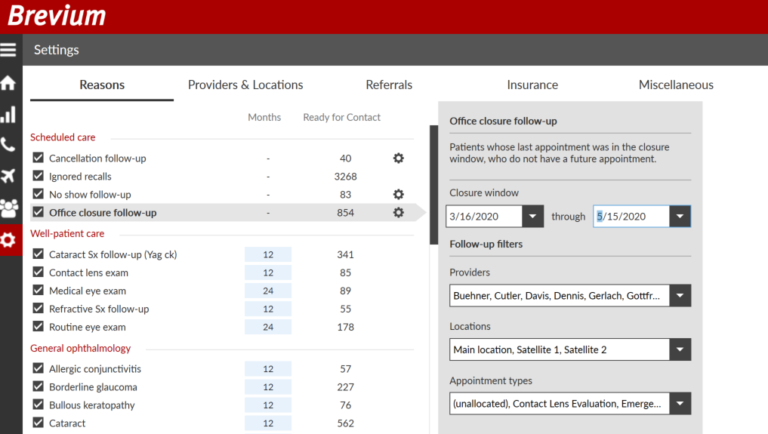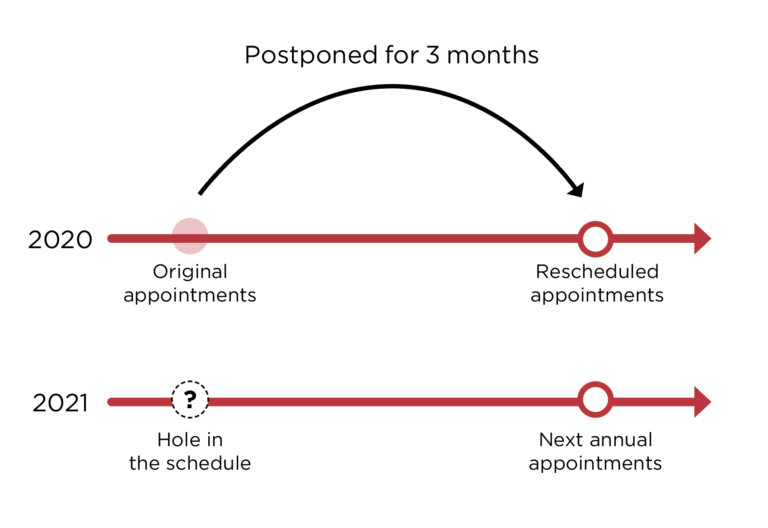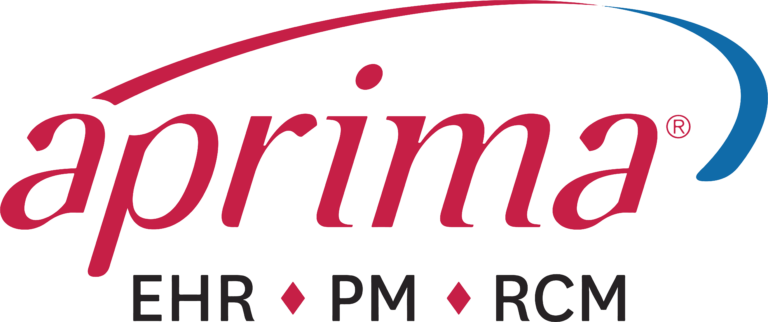The Brevium Blog

Marketing vs. Clinical Communications Using the Patient Portal
Over the past decade, medical practices made great strides in their patient communication techniques due the rise in mobile technology. Most patients now expect to be able to log into a patient portal directly from their smartphone to access their healthcare information, communicate with their physician and schedule appointments. With the advent of this technology, however, comes a whole new set of challenges. How does a medical practice market to their patients while walking the line between marketing and clinical communications?
Bombarding your patients with marketing messaging through the patient portal is bad for your business on just about every level. The odds are likely it’s taken quite a bit of effort to get your patients to use the patient portal in the first place. When they see they have a notification, they correctly assume it has something to do with them specifically. So not only does using the patient portal for marketing breed distrust with your patients, but it can also be a deterrent for them to use the portal in the way it was intended.
“Patients who receive unwanted marketing may opt-out of portal communication, missing future valuable communications, or even worse, flag the message as spam and get the portal email domain on a blacklist,” notes Marc-Francois Bradley, president of Sophrona, an ophthalmology-specific patient portal.
That said, clinical communications can include marketing messaging if it contains educational information. It’s all in the way it’s presented. For example, some of the most common messaging sent to patients via the portal includes:
- Seasonal information, such as flu shot availability
- New insurances your practice has started to accept
- An explanation of a new service your practice now offers
Each of these examples provides information useful to the patient, while also serving as a way to drive appointment scheduling. When the patient reads these messages, it reminds them they may need to make an appointment. Physicians everywhere should look at these clinical communications as an opportunity to connect with their patients and utilize the patient portal to its full potential.
It’s important to remember to keep these types of messages infrequent, so be selective and strategic. Before you craft a message to send to a group via the patient portal, ask yourself, “Does this count as clinical communications,” and “Who primarily benefits from this information?” If the answers are “yes,” and “the patients,” you’re in a safe zone.
Communicating with your patients through the patient portal can be a powerful tool for both their own convenience and your appointment scheduling objectives. By making sure to take the right approach, you’re sure to help your medical practice succeed.














